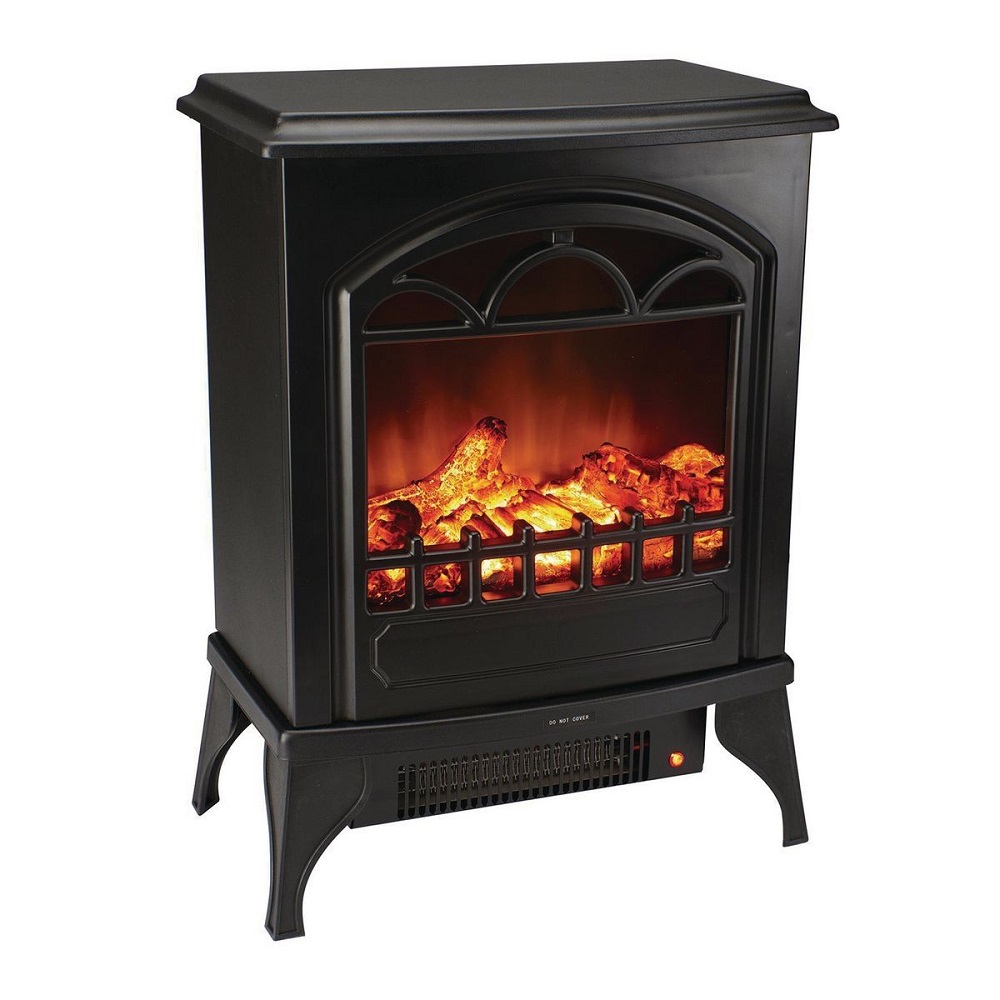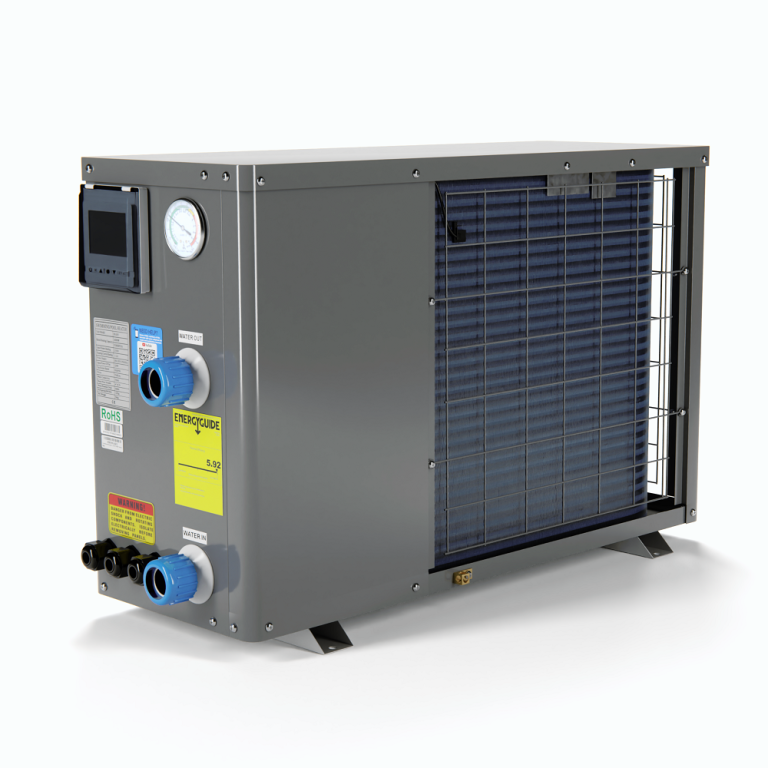As winter approaches, staying warm becomes a priority in many households. Electric heaters offer a convenient solution, but running costs can escalate quickly. If you’re looking for the cheapest electric heater to run this winter, you must consider several factors, including efficiency, type of heater, and features. This article will explore the best options available for winter 2024, providing insights into how to choose the right heater while keeping your energy bills under control.
Introduction to Electric Heaters
With winter 2024 approaching, it’s time to explore efficient and affordable electric heaters. For those seeking to keep warm without the hefty energy bills, the right electric heater can be a game-changer. The market offers a variety of heaters, from halogen to oil-filled radiators, each with its own cost implications. Beyond the initial price tag, the true cost of an electric heater lies in its energy consumption and how we use it. This blog will dive into the most cheapest electric heater to run, outline different types, and provide tips for optimizing usage. Our aim is to help you find the perfect balance between staying warm and managing expenses as you navigate the colder months.
Identifying Cost-Efficient Electric Heaters
Finding an electric heater that’s cheap to run is a must as energy costs rise. The key is to pick ones that have low hourly operating costs. We’ll explore how different heaters stack up against each other. Whether it’s a halogen, oil-filled, convection, or fan heater, you want to choose efficiently. I’ll show you heaters that give the most warmth for the least cash.
To judge an electric heater’s cost efficiency, consider its power output. A heater using fewer kilowatts per hour is generally cheaper to run. It’s also crucial to look at features like thermostats and timers. These can help cut down on energy use. By the end, you’ll know which heaters could save you money and keep you cozy too.
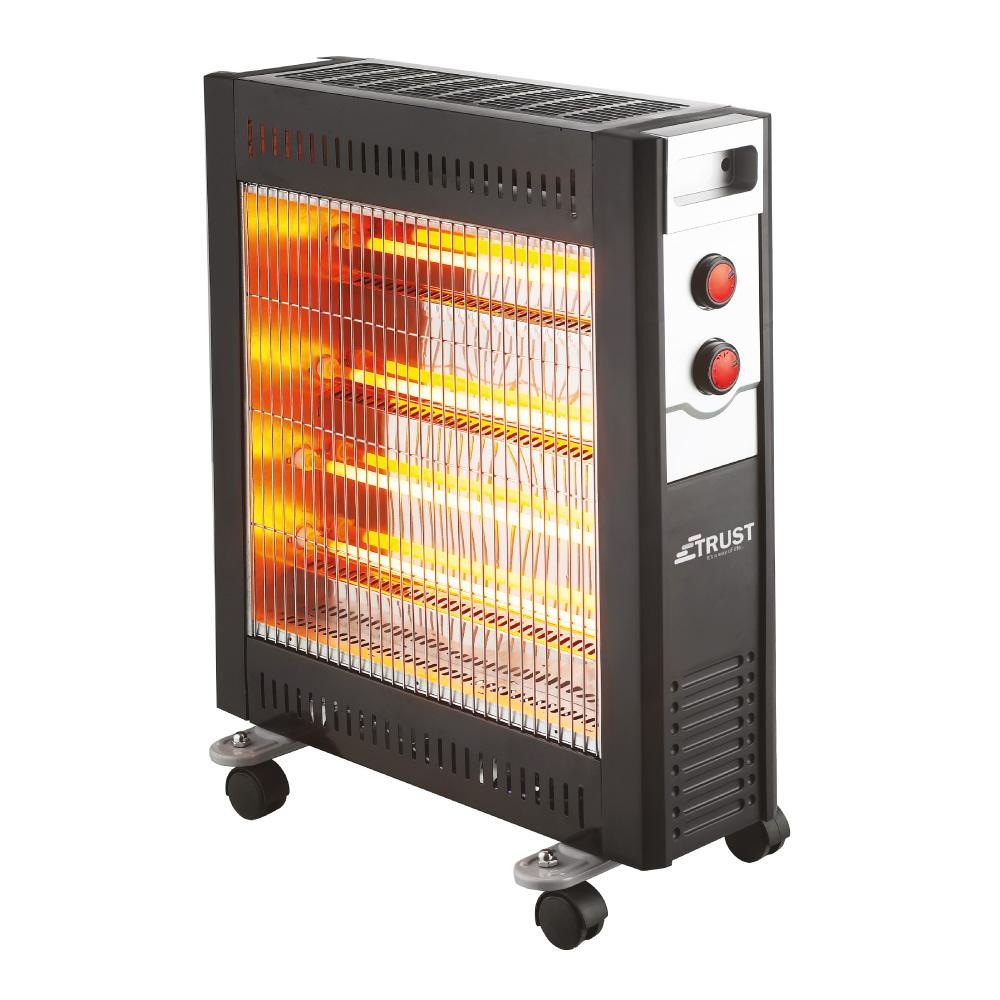
Types of Electric Heaters
When it’s time to pick an electric heater, you’ll find several types. Each has benefits and might fit your specific needs. Let’s consider the main types:
Halogen Heaters
These heaters use halogen elements to produce heat quickly. They’re great for direct, instant warmth. However, the heat fades fast when turned off. They work well for heating people or specific areas rather than whole rooms.
Convector Heaters
Convector heaters warm the air as it circulates through the heater. These are good for heating entire rooms evenly. They take a bit longer to warm up but keep the area heated for a consistent time.
Oil-Filled Radiators
Oil-filled radiators use heated oil to warm up. They take longer to get hot but keep their warmth even after turning off. They work best in smaller, enclosed spaces where lasting heat is needed.
Fan Heaters
Fan heaters blow air over a hot element to warm the space quickly. They’re great for quick heat but can be noisy. They often have thermostats to control the temperature.
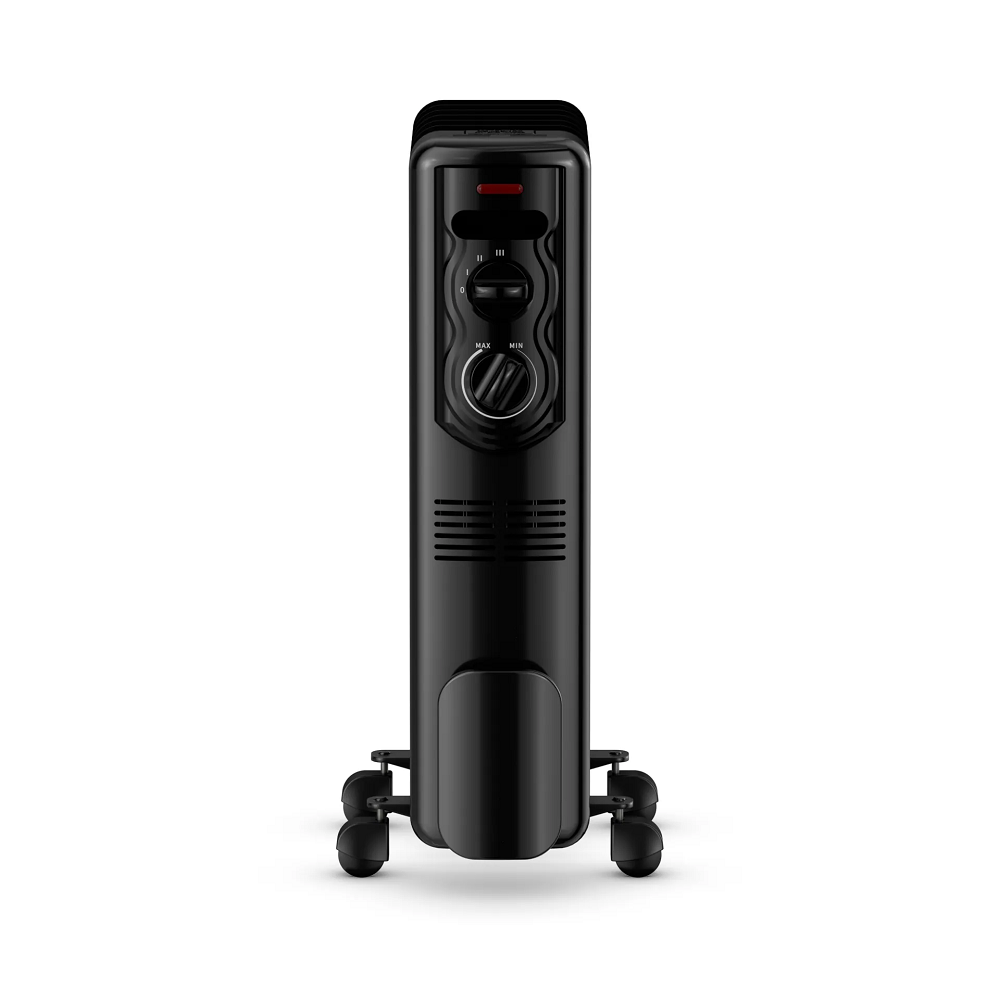
Factors Affecting Heater Efficiency and Cost
When choosing an electric heater, several factors impact both its efficiency and the cost of running it. Understanding these factors can help you select the most economical option for your needs. Here are some key points to consider:
Power Output and Room Size
The power output of a heater, measured in watts (W) or kilowatts (kW), directly influences its efficiency and running cost. A high-power heater might warm a room fast but uses more energy. Match the heater’s size and power output to the room to avoid overuse.
Thermostats and Timers
Heaters with thermostats and timers let you control heat output and timing. This helps to use less energy by heating only when needed, and maintaining a set temperature.
Insulation and Draughts
A well-insulated room keeps heat better, which can lower your heater’s work. Draught-proofing stops heat from leaking out, making your heater more effective.
Heater Type
Different heaters – halogen, convector, oil-filled, or fan – have different costs. Choose a type that suits your room’s needs, offers control options, and has a low kilowatt-hour (kWh) rate.
Usage Patterns
How and when you use your heater can affect your energy bills. Using it only when needed, and not running it constantly, will reduce costs.
Understanding these factors empowers you to pick an electric heater that balances efficiency and affordability. In the next section, we’ll delve into tips for optimizing your electric heater usage.
Tips for Optimizing Electric Heater Usage
To keep your electric heater running cost-effectively, follow these tips. Simple adjustments to your heater usage can lead to noticeable savings on your energy bill.
- Set the Thermostat Right: Adjust your heater’s thermostat to a comfortable level without overheating. Every degree lower could save you money.
- Use Timers Wisely: Timers can reduce heater run times. Set your heater to turn off automatically when you’re not home or at night.
- Target Heating: Use your heater to warm only the areas you’re using. Close doors to keep heat in one room.
- Regular Maintenance: Clean your heater’s filters and check for blockages. This keeps it running efficiently.
- Layer Up: Before turning the heater up, put on an extra layer of clothing. This could allow for a lower thermostat setting.
- Use Rugs and Curtains: Drafty floors and windows lose heat. Rugs and heavy curtains can add extra insulation.
- Only Heat When Needed: Don’t leave heaters on when unnecessary. Turn them off when the room is warm enough or when leaving.
By implementing these practical steps, you’ll optimize your electric heater usage for better efficiency and savings.
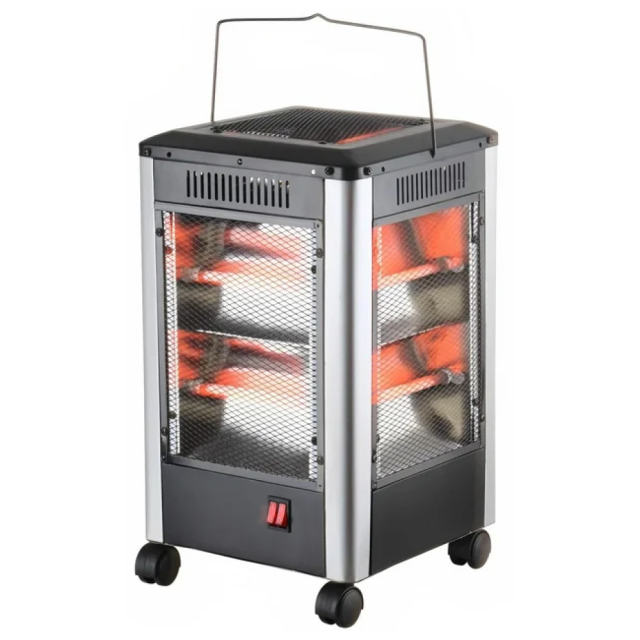
Additional Ways to Save on Heating Costs
To further reduce your heating expenses, explore these extra savings strategies. Employ these methods and enhance your heater’s performance, leading to less energy use.
- Invest in Good Insulation: Proper insulation helps keep warmth in, so your heater works less. Invest here to save more.
- Seal Windows and Doors: Prevent cold drafts by sealing gaps around windows and doors. Use draft stoppers or sealant.
- Service Your Heater: Get your heater serviced to maintain its efficiency. Well-maintained heaters use less power.
- Utilize Sunlight: During the day, open curtains to let sunlight naturally warm your space. Close them at night to trap heat.
- Reduce Heat Loss: Use thick curtains or blinds to minimize heat loss. This can keep rooms warmer longer.
- Smart Thermostat: Consider a smart thermostat for more precise temperature control, reducing unnecessary heating.
- Heat Only Used Spaces: Focus on heating rooms you are using. Shut doors to unoccupied areas to save energy.
Applying these methods, you can not only depend less on your electric heater but also enjoy a cozy home environment more affordably.
Conclusion: Balancing Efficiency and Affordability
When choosing the cheapest electric heater to run, balance is key. Aim for affordable units that are cost-effective to operate. Think about power usage, heater type, and your own heating habits.
Remember, low-wattage heaters, such as halogen ones, often cost less to run. But, insulation, room size, and heater features also influence running costs.
Stay warm without overspending. Use heaters with thermostats and timers for better control. Keep rooms well-insulated to avoid heat loss.
Small steps can lead to big savings. Wear warm clothes and heat only the spaces you use. Keep maintenance up to date for optimal efficiency.
In short, choose wisely, use smartly, and maintain regularly to keep your winter heating cost-effective and efficient.
